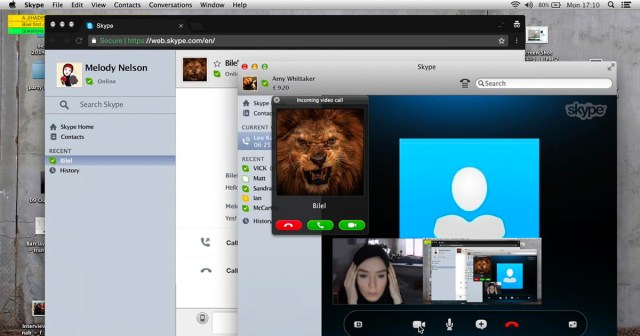
With his latest film, writer and director Peter Hedges may have made what IndieWire chief film critic Pete Hammond calls “the best quarantine drama this pandemic has produced so far.”
The Same Storm, which recently had its world premiere at Telluride and is currently seeking a distribution deal, features complex overlapping storylines and an A-list ensemble cast that includes Mary-Louise Parker, Noma Dumezweni, Judith Light, Sandra Oh, Moses Ingram, Danny Burstein, Ron Livingston, Rosemarie DeWitt, Raza Jeffrey, Daphne Rubin-Vega, and many more, as well as the venerable Elaine May in her first screen performance in 21 years.
“Not only is it inherently funny to see the perfectionist responsible for the likes of Ishtar and A New Life in a movie scotch-taped together with consumer electronics and whatever props people had lying around their houses, May delivers the movie’s most tragicomic performance in the role of a widowed yenta who won’t let a little fever stop her from sharing her tsuris,” Hammond writes in his review:
“Watching her smush an iPad halfway up her nostrils during each video call is the kind of ‘my mom does that’ shtick that should epitomize the worst of Pandemic Cinema, and yet when May is so brilliant at blurring the line between silly gags and withering realness that even bits like that maintain a hilarious specificity.”

READ MORE: ‘The Same Storm’ Review: Elaine May Steals the Best Zoom Drama the Pandemic Has Produced So Far (IndieWire)
In an interview with David Ehrlich for Deadline, Hedges calls working with May “certainly one of the highlights of my career.”
The writer and director is known for What’s Eating Gilbert Grape (1993), Ben Is Back (2018) and Pieces of April (2003), as well an Oscar nomination for Best Adapted Screenplay for About a Boy (2002). For his pandemic-era film, Hedges was inspired by two things, he told Ehrlich. The first was a quote on Twitter by the English writer Damian Barr: “We’re not all in the same boat. We are all in the same storm,” and the second was a chance encounter with a coffee shop barista mourning his grandmother, who had just died of COVID.
“Hedges and his team developed a sophisticated shooting system (not Zoom, but the same basic idea), sent the equipment to each star with some production design and camera setup advice, and created a feature-length movie comprised of a series of vignettes that hand off to one another with seamless editing magic,” Ehrlich writes.
“I found out that there was this company in Los Angeles that had filmed an episode, a CBS procedural called All Rise, where the actors all worked remotely because I was thinking how can we make something and ensure it’s safe?” Hedges recounts:
“Safety needs to be the highest priority when you make anything. So, I started exploring the technological aspects of it and basically realized that there’s a way that we could all be at home, but we could build in such a way that we could get the best actors in the world and create a way in which they can play off each other in a very organic and real way and we just capture it, and hopefully it would add up to something. So, that was it.”
The production system the filmmakers developed was “a more sophisticated streaming situation” than Zoom, said Hedges. “It was through a company called Straight Up Technologies using Cisco and Webex,” he explained:
“We would give the actors props that were sterilized. They would dress their own sets. In some instances we’d send a light if we thought they needed a light, so they would assemble their own light and place it, and my DP and production designer, costume designer and our team, we were all able to come into the room and then we would disappear from the room and then they could act with each other and we were filming every device that was being used. Sometimes it was a phone. Sometimes it was an iPad. Sometimes it was a computer, but it enabled the actors to play, in real time, off each other, and I think it’s why it crackles, why it feels so alive.”



